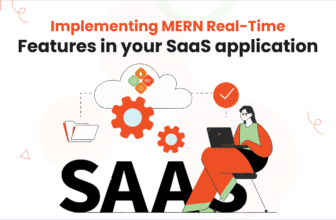
The workforce landscape has evolved, with contingent workers and vendors playing a pivotal role in achieving organizational goals. Effective vendor management ensures smooth operations, cost efficiency, and quality service delivery. Here’s why it’s essential for businesses today.
The Importance of Vendor Management in Workforce Strategy
Vendor management involves selecting, onboarding, and overseeing external providers to ensure they meet your organizational needs. A structured approach to managing vendors fosters better relationships and maximizes the value delivered by these partnerships.
Key Benefits of Vendor Management Workforce
- Scalability:
With access to a diverse talent pool, organizations can scale their workforce up or down based on project requirements without long-term commitments. - Cost Savings:
Streamlined vendor management reduces administrative overhead, ensures competitive pricing, and prevents overspending. - Access to Expertise:
Vendors often bring niche skills and expertise that may not be available in-house, helping businesses stay innovative. - Reduced Time-to-Hire:
Vendor networks enable faster talent acquisition, critical for meeting tight project deadlines. - Risk Management:
Strong vendor contracts and monitoring mitigate risks related to non-compliance, quality issues, and data security.
Best Practices for Vendor Management Workforce
- Develop Vendor Partnerships: Treat vendors as partners rather than service providers to foster collaboration and innovation.
- Define Clear Expectations: Set measurable goals and expectations for deliverables, timelines, and performance.
- Leverage Technology: Use tools like VMS to centralize vendor management and enhance visibility.
- Regular Performance Reviews: Schedule periodic evaluations to assess vendor contributions and address challenges proactively.
Future Trends in Vendor Management Workforce
- AI and Analytics: Predictive analytics will drive better decision-making by identifying trends and forecasting workforce needs.
- Increased Focus on Diversity: Partnering with diverse vendors to drive innovation and inclusivity will become a key priority.
- Sustainability Metrics: Businesses will increasingly evaluate vendors based on their environmental and social governance (ESG) efforts.
Conclusion
The vendor management workforce is a cornerstone of modern business success. By adopting best practices and leveraging technology, organizations can build a flexible, efficient, and future-ready workforce strategy.







